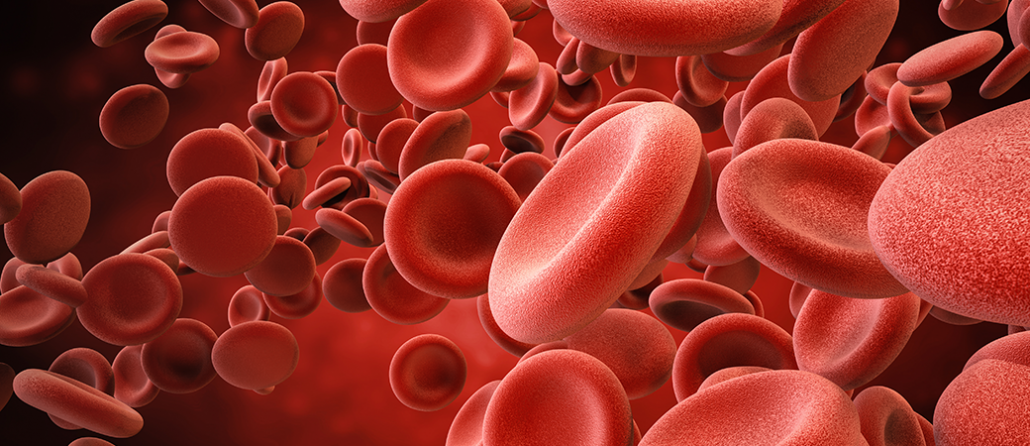Bernoulli Aids Early Detection of Hypotension in the ICU
by John Zaleski, Ph.D., CAP, CPHIMS
Chief Analytics Officer
A recent study published in Anesthesiology by Hatib etal. [Anesthesiology 10 2018 Vol. 129, 663-674] from the University of California (UC) at Irvine Medical Center demonstrated that large sets of real-time data—high-fidelity arterial waveforms—applied to machine learning algorithms could identify patients experiencing onset of hypotension up to 15 minutes before its occurrence. UC Irvine used Bernoulli One to collect more than 500,000 waveforms, which were then used to train a machine-learning algorithm to predict hypotension.
Hypotension, the medical term for low blood pressure, is said to exist when the systolic component of arterial blood pressure (SAP) falls below 90 mmHg and the diastolic component (DAP) falls below 60 mmHg. In practice, the systolic and diastolic components are often replaced by a mean component of blood pressure, defined according to the following expression:
MAP = {SAP + (2 x DAP)}/3.
A mean blood pressure of at least 60 mmHg is necessary for proper cerebral perfusion and mean blood pressures below between 60 and 65 mmHg can present the risk of irreversible cardiac and kidney damage. In practice, a threshold for mean blood pressure of 65 mmHg is often considered as a threshold below which significant internal organ damage can occur.
Two of the several key dangers associated with hypotension include acute kidney injury (AKI) and increased rates of post-operative myocardial infarction (MI), in addition to increasing risk factors associated with post-operative management. So, early detection of decreasing blood pressure can be a life saver. According to the UC Study authors, “even if the warning comes only 10- to 15-minutes ahead, could facilitate diagnostic and therapeutic measures to lessen the clinical impact.”
Per the UC Study:
“[A] retrospective cohort of 1,334 patient records were employed containing 545,959 minutes of arterial waveform data comprising 25,461 episodes of hypotension,” the authors stated. These data were used to train a machine-learning algorithm in order to test against a prospective cohort of 204 patients containing 33,236 minutes of arterial waveform data, comprising 1,923 episodes of hypotension.
The feature-space obtained from the high-frequency and high-fidelity arterial waveforms was used to identify and predict impending hypotension and hypotensive events. In the study, the machine-learning algorithm was able to detect and predict the onset of a hypotensive event 15 minutes ahead of the event with a mean sensitivity and specificity of 88 percent and 87 percent, respectively.
Blood pressure measurement is an essential vital sign for many reasons, as this recent study beautifully illustrated.
The researchers trained a machine learning algorithm to evaluate incidents of hypotension such that mean arterial pressure (MAP) measurements dropping below 65 mmHg within a minute were established to identify the likelihood of decompensation. Blood pressure measurements obtained through arterial lines (e.g., peripheral central venous lines or via swan-ganz catheters) yield real-time arterial pressure waveforms that provide rich detail on patient blood pressure during all phases of systole and diastole. Use of and implications of systolic and diastolic pressure are well-known clinically, and mean arterial pressure is often used as a marker of patient pressure-based decompensation.
For example, as discussed earlier, a MAP drop below 65 mmHg is indicative of impending renal and cardiovascular damage which is irreversible. In the study, the researchers identified that “…the early identification period for hypotension was defined as 15 min before an actual event where MAP fell less than 65 mmHg for at least 1 min.”
This served as a mechanism for identifying whether a patient was likely to experience continuing decompensation within a 15-minute interval prior to a hypotensive event. The study results were shown to have remarkably good sensitivity and specificity, and indicated that earlier markers of impending state change in cardiovascular performance are possible and can provide a measure of interventional guidance that is clinically actionable meaningful. Arterial pressure data were collected using the Bernoulli One system, and data were processed and assessed at the rate of receipt from the monitors.
Data used to develop and internal validation of the machine-learning model was derived from the Multiparameter Intelligent Monitoring in Intensive Care II, or MIMIC II, database and from an Edwards Lifesciences database of operating room and intensive care unit patients. Data for external validation were obtained from the University of California (UC) at Irvine Medical Center as part of their ongoing data collection activities. Data comprised both demographic information and arterial pressure waveforms obtained at sampling rates from 100- to 500 Hz.
The University of California at Irvine database contains records that were collected prospectively from December 2015 to January 2017 as part of an IRB-approved data collection study and the waveform data themselves were captured by the Bernoulli One platform. Model development, data conditioning, feature extraction and validation were performed by the researchers using the retrospective data and the assessment based on the developed model was then applied to the UC at Irvine data for prospective assessment. The data conditioning and assessment involved featurization of the arterial pressure waveform, which was first divided into unique beats and then separated into five phases used to calculate hemodynamic parameters employed as machine-learning model features. A total of 3,022 features were extracted of which 51 individual features affording area-under-the-receiver-operating characteristic curve (AUC) of greater than 0.85 were selected as base features for assessment.
Hypotensive events were computed by calculating a section of an arterial waveform of at least one-minute duration such that all data points showed MAP < 65 mmHg. A positive event was chosen as a sample recorded 5, 10, or 15-minutes before the hypotensive event. Non-hypotensive events were determined by identifying a 30-minute continuous section of data such that there was a time separation of at least 20-minutes from any hypotensive event, and all data, in this case, showed MAP > 75 mmHg. It was determined that a non-event was the center point of the non-hypotensive event.
In addition to the early-identification of hypotensive events, the study demonstrated the success in being able to train machine-learning / artificial-intelligence models using large high-fidelity data sets. As the authors state, “No reliable methods currently exist to predict the likelihood that a patient will become hemodynamically unstable…[yet,] there is evidence that subtle dynamic linkages or interconnections exist among disparate physiologic variables at the earliest stages of instability that are clinically imperceptible.”
This is a key message behind the need for continuous clinical surveillance: using the highest fidelity data, it is possible to anticipate key systemic behaviors in parameters that can foretell the onset of decompensation in patients that are not clinically visible to the naked eye.
In the case presented here, data at lower frequencies and lacking waveform fidelity would clearly have been insufficient to identify early-onset of hypotensive events. These findings further punctuate the demonstrated benefit of real-time data and the rapidly-evolving field of clinical surveillance.
This study also demonstrates the value of the Bernoulli research application to provide comprehensive high-fidelity patient data, including waveforms, that can be utilized not only for research but could also potentially to enable third-party predictive analytics and machine-learning algorithms for the real-time identification of patient deterioration and emerging patient conditions.
About the Author:

John Zaleski,
Ph.D., CAP, CPHIMS
Chief Analytics Officer
Dr. Zaleski brings more than 25 years of experience in researching and ushering to market devices and products to improve health care. He received his PhD from the University of Pennsylvania, with a dissertation that describes a novel approach for modeling and prediction of post-operative respiratory behavior in post-surgical cardiac patients. Dr. Zaleski has a particular expertise in designing, developing and implementing clinical and non-clinical point of care applications for hospital enterprises. Dr. Zaleski is the named inventor or co-inventor on seven issued patents related to medical device interoperability and has authored three seminal texts on integrating medical device data with electronic health record systems and using medical device data for real-time clinical decision making. View John’s profile on Linkedin.


